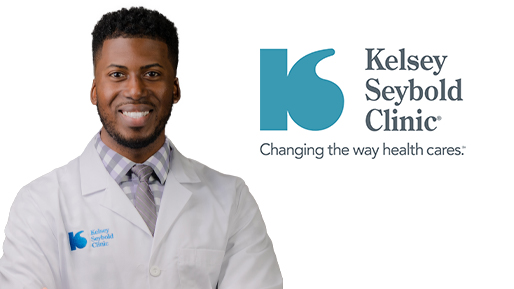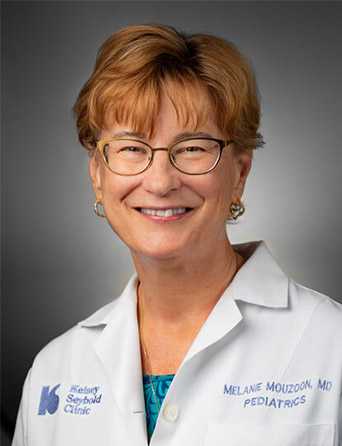Join Our eNewsletter!
Subscribe to our monthly newsletter to receive encouraging advice to help you lead a healthy lifestyle.
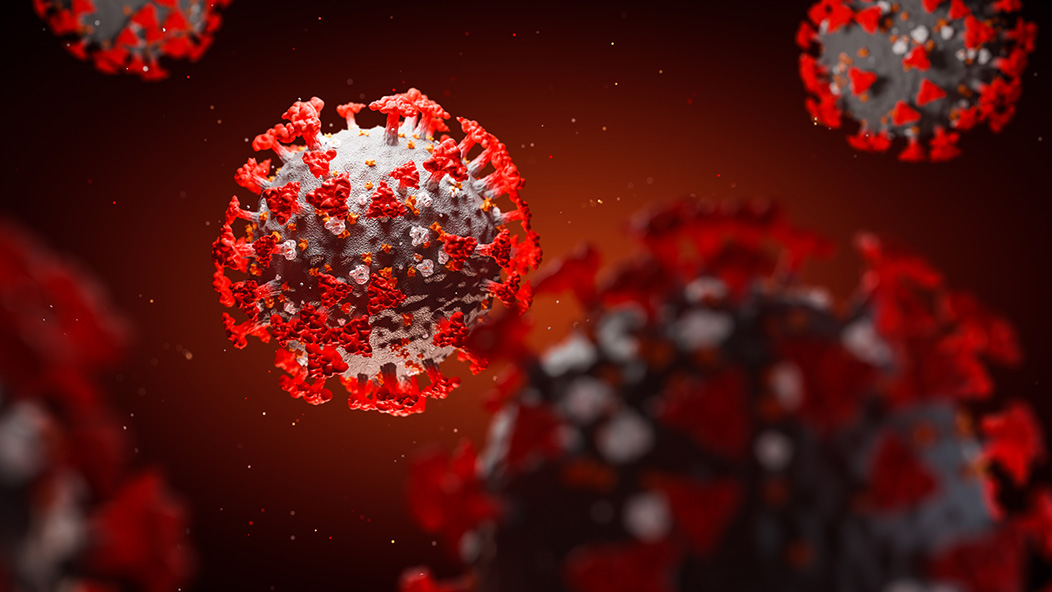
Coronavirus: Prepare, Manage Fear
By Melanie Mouzoon, M.D., F.A.A.P., F.A.B.M.
Being inundated with news of the evolving outbreak of coronavirus can be overwhelming and frightening, but arming yourself with facts and prevention guidelines from the Center for Disease Control (CDC) can be your best defense.
Background
Coronavirus is a family of viruses that has been around for a very long time, but in 2019 a new, or novel, strain of the coronavirus was detected in China. To distinguish the strain, it was named “coronavirus disease 2019” or “COVID-19.” Coronaviruses are common in both humans and animals, with origins in bats. It’s likely that this strain of the virus emerged from an animal reservoir. Many of the original patients in China were linked to a large seafood and live animal market. This suggests the strain began to spread from animal to animal, then from animal to person, and finally from person to person.
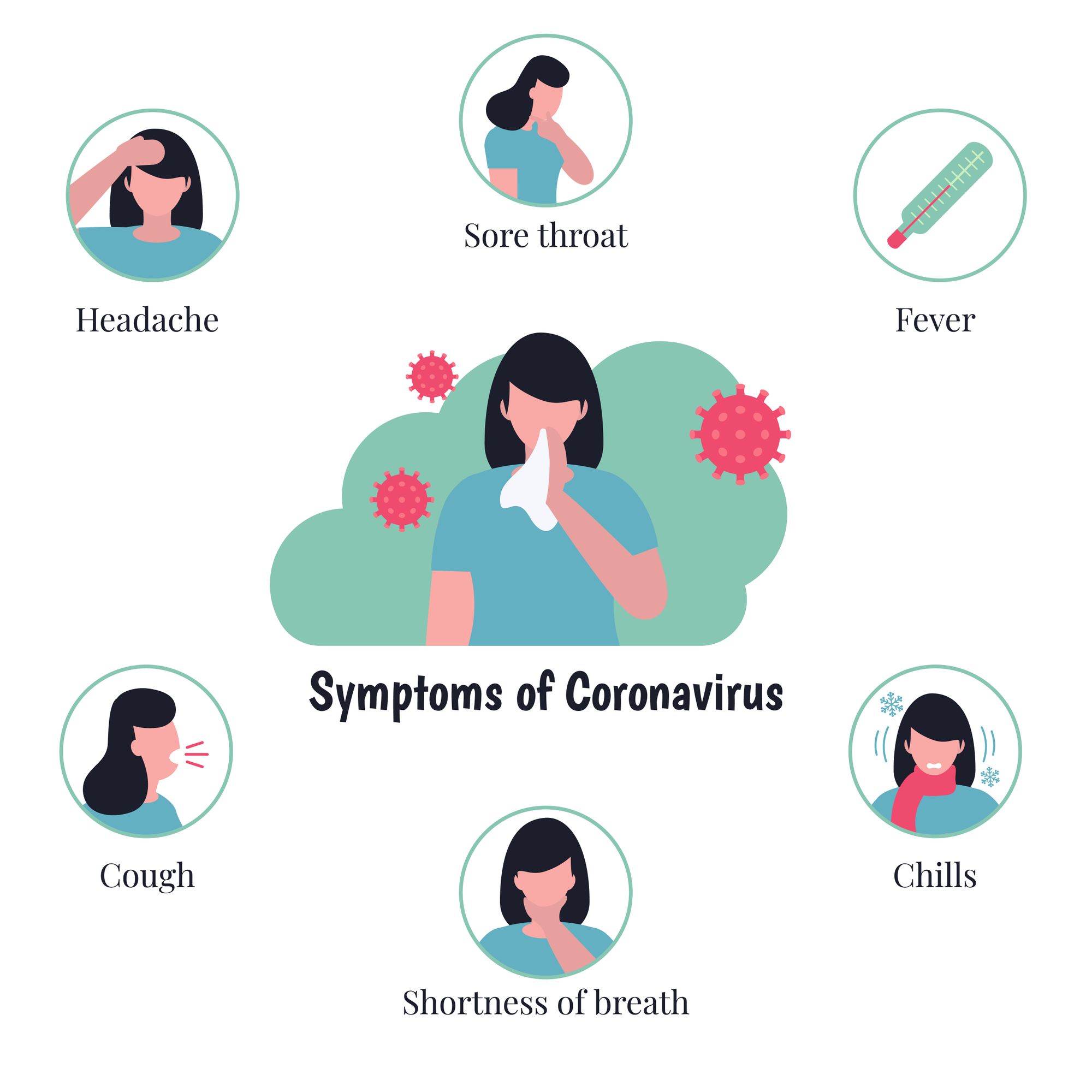
As of March 4, 2020, the outbreak had spread throughout China and to dozens of other countries, including the United States, with 94,250 cases reported worldwide. Among the cases outside of China, 128 were reported within the United States. Almost all of the U.S. cases involved patients who had recently traveled to high-risk areas or were in close contact with someone who had. There has been a total of 3,214 deaths and 51,026 recoveries. This data changes frequently, so please consult the CDC website or the Johns Hopkins interactive coronavirus map for the most updated information.
Prevention
Currently, there are measures in place to help lessen the incidence of COVID-19 coming into the United States. Since the majority of cases in this country have been the result of Americans traveling to other countries where the virus is more prevalent and then re-entering the United States, travel restrictions have been put into place for entrance into the United States from China and Iran. The CDC has also recommended avoiding travel to South Korea, Italy, and Japan.
COVID-19 is thought to spread mainly from person to person through close contact (six feet or less) and respiratory droplets produced when sneezing or coughing. While it may be spread through contact with surfaces containing the virus, this has not yet been confirmed. It seems to spread easily, meaning it is highly contagious.
The CDC recommends everyday preventive actions to help prevent the spread of coronavirus and other respiratory diseases, including:
- Avoid close contact with people who are sick.
- Avoid touching your eyes, nose, and mouth.
- Stay home when you are sick.
- Cover your cough or sneeze with a tissue, then throw the tissue in the trash.
- Clean and disinfect frequently touched objects and surfaces using a regular household cleaning spray or wipe.
- Wash your hands often with soap and water for at least 20 seconds, especially after going to the bathroom; before eating; and after blowing your nose, coughing, or sneezing. If soap and water aren’t readily available, use an alcohol-based hand sanitizer with at least 60% alcohol.
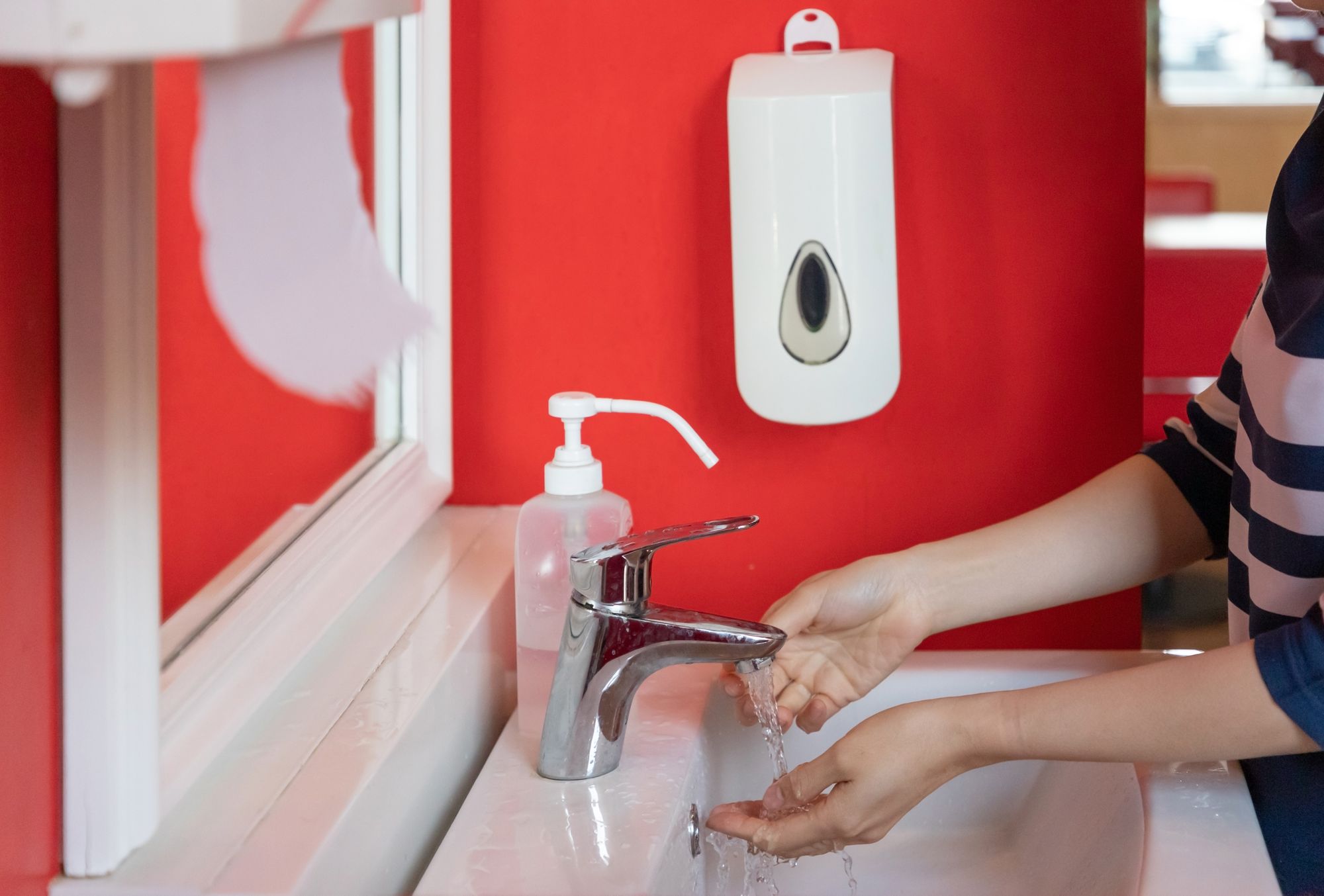
Note that the CDC does not recommend that people who are well wear a facemask to protect themselves from respiratory diseases, including COVID-19. Facemasks should be used by people who show symptoms of COVID-19 to help prevent the spread of the disease to others.
What to Do When Symptoms Are Present
It appears that this strain of coronavirus is not highly contagious unless symptoms are already present. For this reason, as soon as any symptoms arise, the possibly infected person should take all precautions not to expose others. Symptoms seem to appear within two to 14 days after exposure.
If you are showing symptoms of COVID-19, you should take the following steps to prevent the disease from spreading:
- If you are showing symptoms you should stay inside of your home at all times, except when receiving medical care. When you do venture out to seek medical care, you should call ahead to your provider to inform them of your possible COVID-19 symptoms. Do not use public transportation, taxis, or ride share.
- Call your healthcare provider if you feel sick with fever, cough or difficulty breathing, especially if you have been in close contact with a person known to have COVID-19 or if you reside in or have recently traveled from an area with known cases.
- While at home, you should isolate yourself from others as much as possible. Try to remain in one room away from others and use a separate bathroom, if possible. You should also restrict contact with pets.
- Wear a medical-grade facemask whenever you are around others and at your healthcare provider’s office.
- Always cover your mouth and nose with a tissue when you cough, sneeze, or blow your nose and dispose of the tissue immediately into a lined trashcan. Then wash your hands thoroughly with soap and water for at least 20 seconds or use an alcohol-based hand sanitizer with at least 60% alcohol.
- Thoroughly wash or sanitize your hands in the same manner after using the bathroom and before and after preparing/eating food. Avoid touching any part of your face after cleaning your hands.
- Do not share any household items, including bedding, and make sure any items that were shared prior to symptoms appearing are washed in hot water. Also thoroughly wash any items you’ve used during your illness once you have recovered.
- Clean all surfaces you’ve come into contact with on a daily basis while you are ill with an antibacterial cleaning spray or wipe.
- Do NOT discontinue isolation until you have been cleared to do so by a healthcare provider.
While any person with a potential case of COVID-19 should seek medical care, not every case requires hospitalization. In fact, so far only 19% of cases have required hospitalization. The severity of the illness seems to depend upon the general health and immune system of the patient. The most severe cases that have not resulted in death have taken up to six weeks to resolve. Mild cases have lasted up to three weeks.
